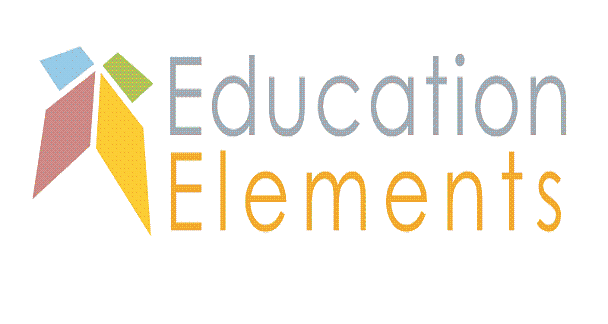 We can distinguish between cheque and promissory note by the following facts :
We can distinguish between cheque and promissory note by the following facts :1. Order And Promise :-
Cheque : It contains order to pay.
Promissory note : A promissory note contains promise to pay.
2. Number Of Parties :-
Cheque : In case of cheque there may be three parties, the drawer, drawee and payee.
Promissory note : In case of promissory note are only two parties, the maker and the payee.
3. Object :-
Cheque : Cheque is used because it is a simple and easy medium of exchange and serving of metalic money.
Promissory note : It is used for receiving and giving credit.
4. Crossing :-
Cheque : A cheque may be crossed.
Promissory note : A pro-note cannot be crossed.
5. Payable To Bearer :-
Cheque : A cheque is often drawn as payable to bearer.
Promissory note : A pro-note cannot be drawn payable to bearer.
6. Stop Payment :-
Cheque : Its payment can be stopped by giving the notice to the bank.
Promissory note : A pro-note payment can not be stopped if once issued.
7. Liability Nature :-
Cheque : In case of cheque when it is dishonoured, the drawer is liable.
Promissory note : In case of promissory note liability is primary.
8. Use Of Form :-
Cheque : It is drawn on a printed form issued by a particular bank.
Promissory note : Promissory note may be drawn on any paper and there is no need of any particular form.
9. Drawee :-
Cheque : A cheque is always drawn to a particular bank where account is available.
Promissory note : A promissory note can be drawn on any person.
10. Drawer and Payee :-
Cheque : In case of cheque drawee and payee can be the same person.
Promissory note : In case of pro-note there are two parties and maker cannot be the payee.








10 Comments